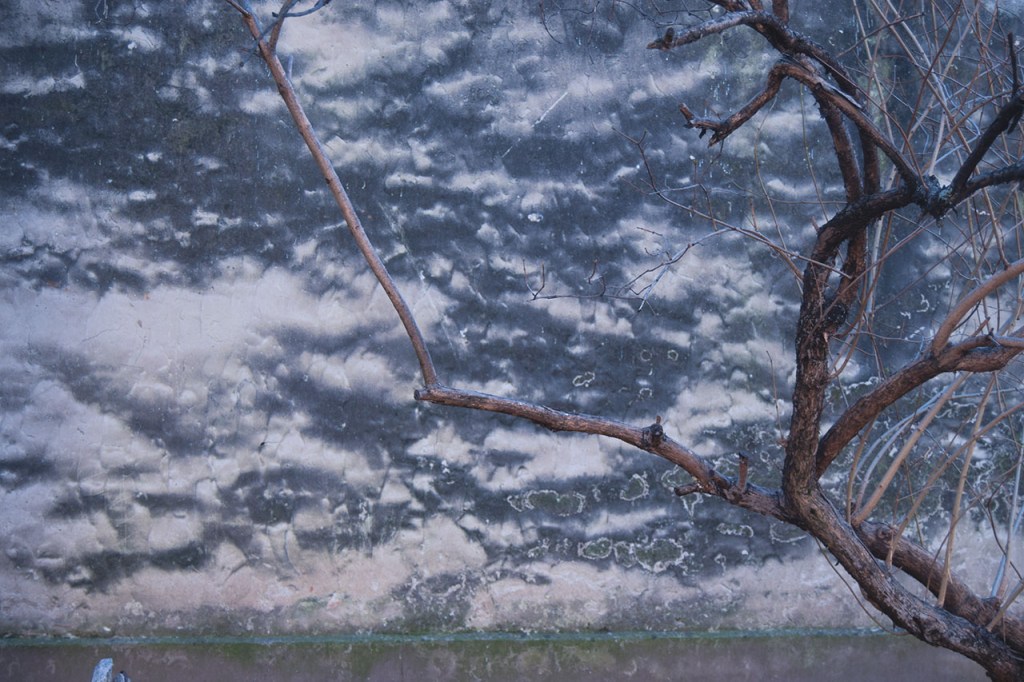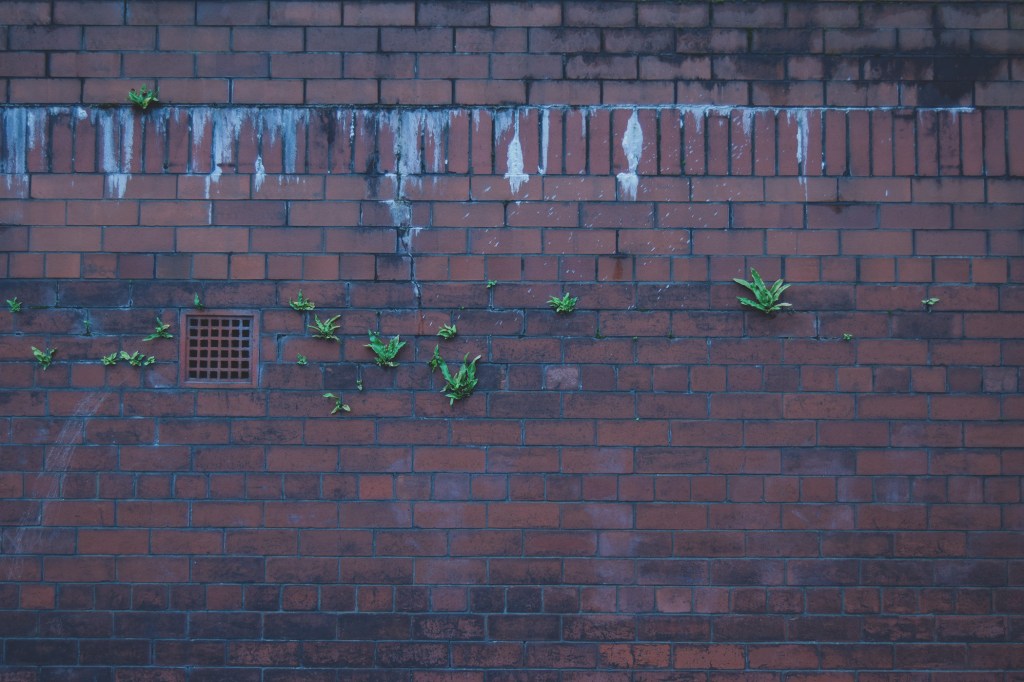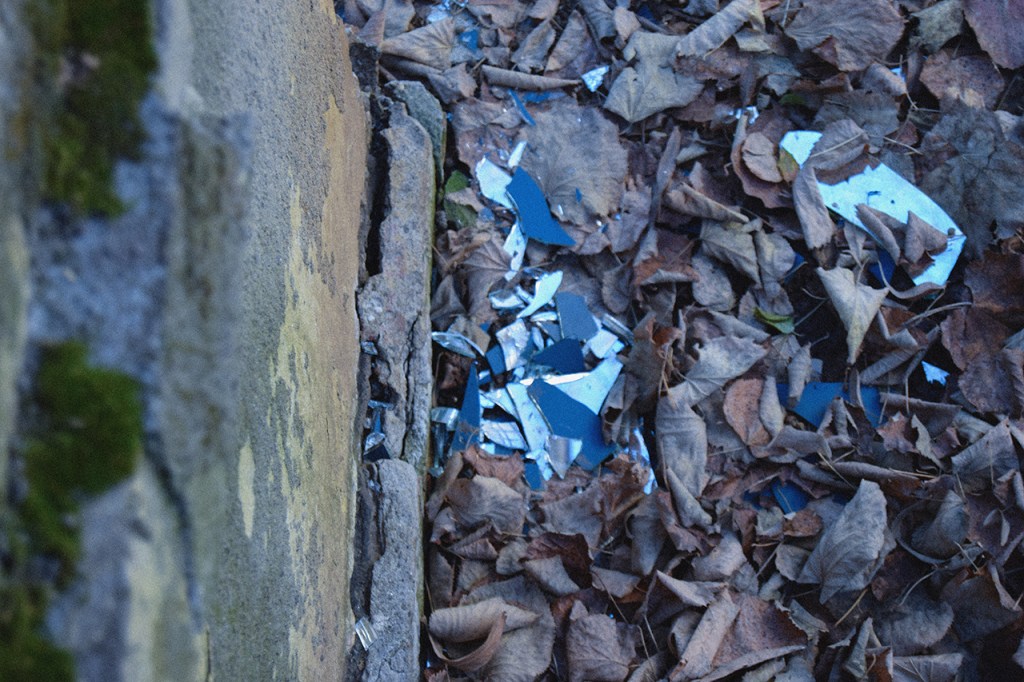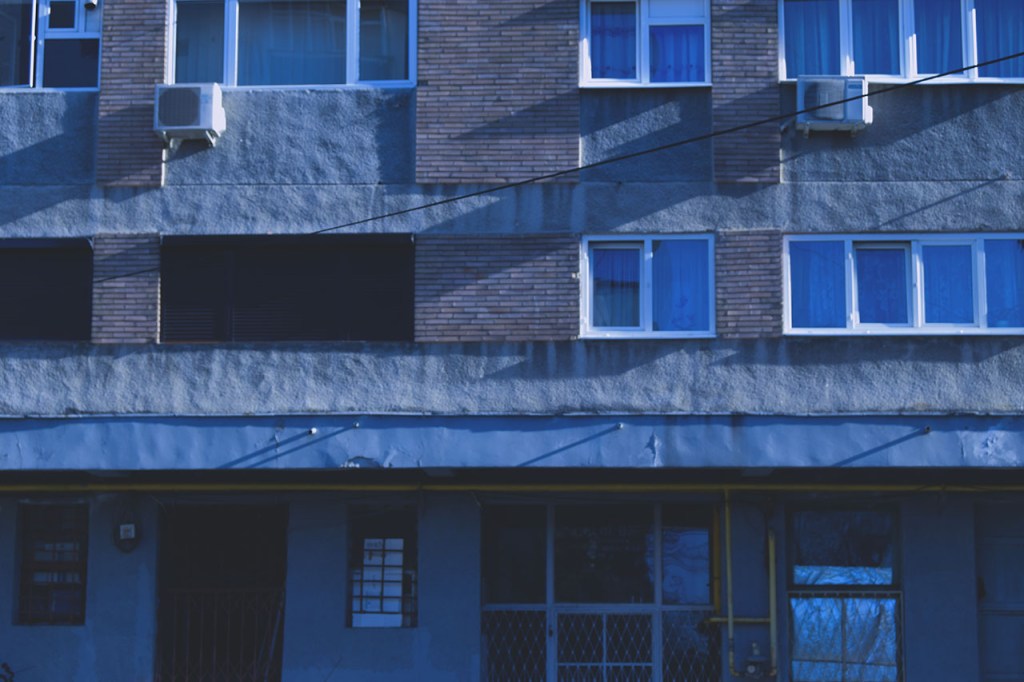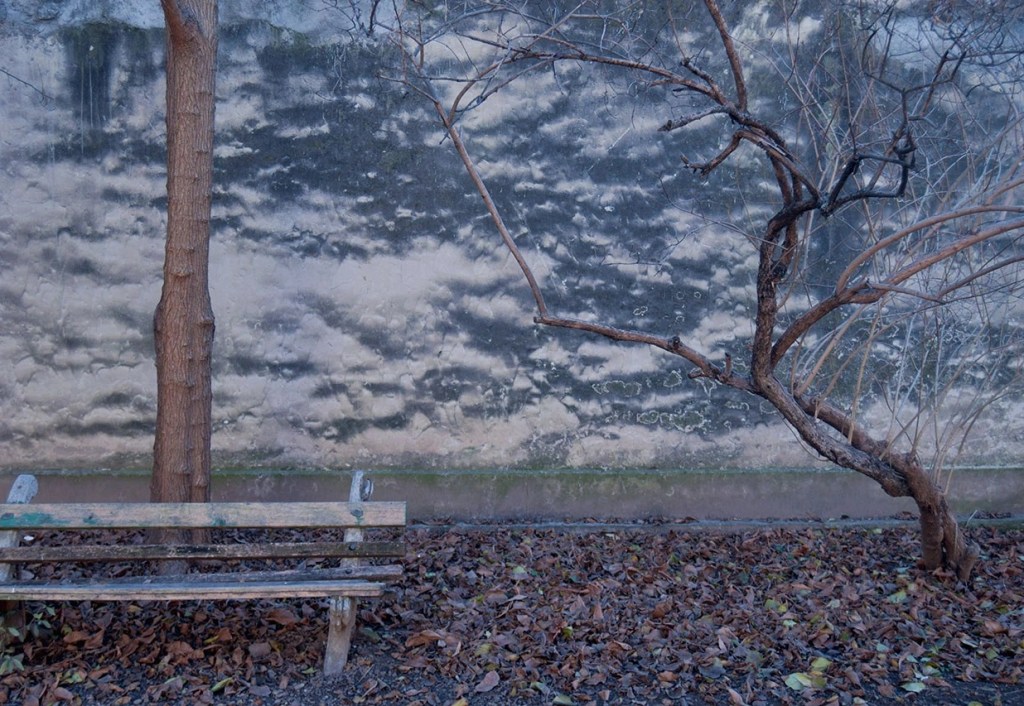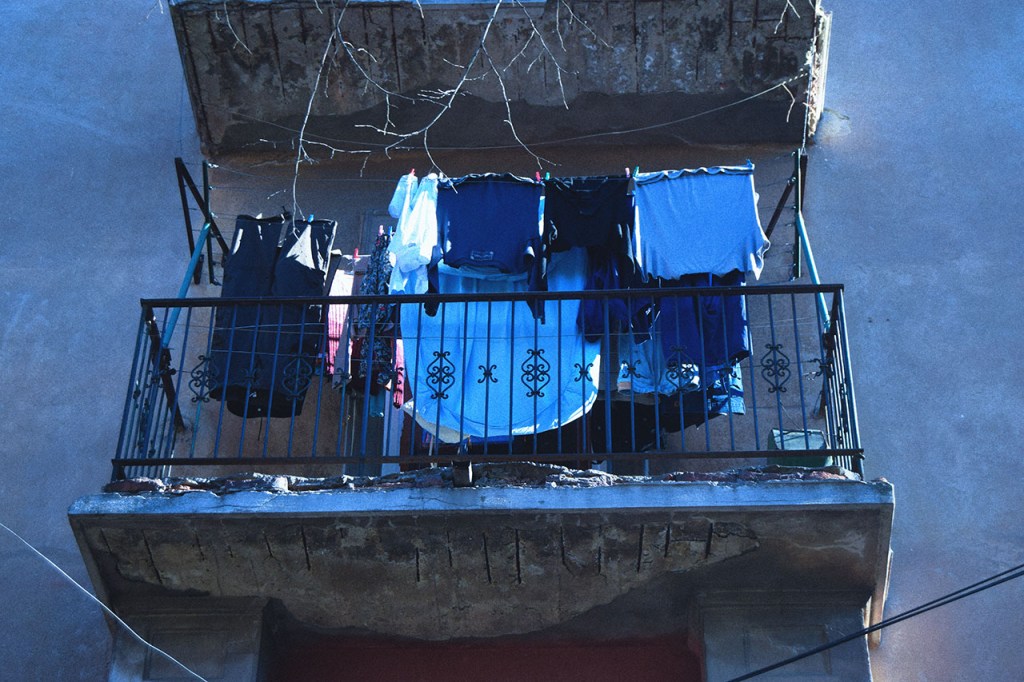Embrace kindness, grace, tenderness, and understanding towards yourself as you proceed on a journey of self-reflection, integrating the various facets that form your unique identity. A moment of tranquillity. Let down your guard and approach yourself with gentleness. Set aside time for introspection, allowing your thoughts, fears, and emotions to surface. As you reopen past wounds, you can create a path for healing and discover methods to effectively process them in ways that feel safe to you. Engage in this self-exploration with an open heart and mind, ready to confront both your strengths and vulnerabilities. Recognise that this journey is about identifying what needs to be healed or changed, as well as about appreciating the resilience and wisdom you have gained through your experiences. Acknowledge the courage it takes to delve into the depths of your psyche, exploring the complex fabric of your thoughts, beliefs, and emotions. Seek to understand the intricate layers of your being, and how they shape the way you perceive the world around you. Remember, this process is a powerful act of self-love and self-care, an essential step towards embracing your true self and living a more conscious, fulfilled life.
I believe self-worth is a key element in all of this. It would be ideal to ground our journey of self-discovery and integration in a strong sense of self-worth. A self-assured basis, at least in relation to worthiness, enables us to navigate our emotions and interactions with others from a place of confidence and authenticity. Personally, I feel in alignment with the view that every human being possesses intrinsic worth from the beginning of existence. In Sculptor in the Sky, Teal Swan emphasises this aspect as well, while pointing out that society often conditions people to believe that worth is contingent on achievement, success, or acquiring skills – thus on external validation. This societal conditioning leads to a misconception that one must constantly strive and perform to be valuable. Miss Swan encourages readers to recognise and reconnect with their intrinsic value, independent of external factors. I believe that striving for achievements and gaining skills and knowledge is beneficial, provided it doesn’t overshadow our intrinsic worth or lead our spirit astray from what truly matters. There is also the suggestion that deep within, people hold profound knowledge and understanding about life and existence, and that there are great advantages to remembering it – because this knowledge is often lost or obscured due to life experiences, societal norms, and cultural conditioning. The aim is to help people rediscover and reconnect with this innate wisdom, which Miss Swan believes is essential for personal and spiritual growth. Another key theme that is relevant to our narrative is the importance of recognising one’s ability to shape their own life, so that one moves away from victimhood to a position of strength and agency.
Let’s shift our focus to the realm of conflict and our emotional responses in these challenging situations. Contemplate your instinctive emotional response during conflicts. You might lean towards anger, anxiety, sadness, defensiveness, guilt, shame, or fear. Reflect on your typical modes of expression when distressed. You could find yourself redirecting, seeking mediation, ignoring, compromising, yelling, blaming, or perhaps withdrawing completely. Ponder on whether your reaction is a direct response to the present situation or a reflection of past traumas and unresolved issues. Do you notice patterns in your behaviour that are repetitive and perhaps unhelpful in resolving conflicts? Do you tend to resort to projection, casting others into roles that align with your own internal narratives, usually associating the person in front of you with other figures from your history? Consider whether you are confronting the person right in front of you or an amalgamation of phantoms from your past, the manifestations of your emotional baggage. In our interactions, we believe we’re arguing over current issues, but often, we’re actually grappling with deeper, long-standing emotions like feeling ignored, undervalued, or excluded. As we subconsciously attempt to resolve these past issues, we find ourselves repeating these scenarios, hoping for a different outcome. However, to truly change the narrative, we must live in the present and recognise people for who they are now, instead of holding them accountable for past hurts inflicted by others. If the person in front of you says things that cause you to spiral while crossing a boundary that you explicitly expressed, feeling betrayed and disillusioned is a natural, healthy response that is in alignment with self-love. After a boundary violation that isn’t very severe and, as a result, we choose to forgive, it’s wise to create a strategy outlining our expectations for how the other person should engage with us moving forward. On the other hand, when we’re talking about something unforgivable, some of us might respond with anger (which is valid), others might be tempted to rationalise, to justify the other person’s behaviour; in the process, we might recognise that the person operates from a wounded, unhealed part that has to rely on all sorts of defences. If another person’s energy is not beneficial to the current version of you, on this path of self-care, worth, and discovery, don’t feel pressured to be their saviour, it’s not your responsibility. It’s a better idea to protect yourself, and perhaps, if it feels right, turn inward and think of when you yourself allowed the wounded part of you to be in charge in similar ways.
Consider the emotions in others that unsettle you the most. What judgments do you harbour towards these feelings? Ask yourself if you allow these emotions in your own life. Identify the traits in others that you find off-putting, such as greed, negativity, insensitivity, or arrogance, and explore whether you notice any echoes of these traits within yourself. Reflect on how acknowledging these traits in others impacts your interactions and perceptions. Ponder the possibility that your reaction to these traits might reveal deeper aspects of your own character that you have yet to fully understand or accept. Use this awareness as an opportunity for self-improvement, aiming to cultivate compassion and empathy both for yourself and for others. That way, you can foster a deeper sense of connection and understanding in your relationships. There are also times when you might feel a strong resistance towards someone, without realising why, exactly. If you ever feel repelled by someone’s personality, in real life or online, try to wonder why. Sure, sometimes, it could be pretty justified, they might be hypocritical or not align with your standards, they might hold psychopathic, extremist views, or be someone who crosses your boundaries of emotional safety with their views or attitude in some way. In which case, that’s not something you have to concern yourself with. But, if you can’t quite tell why the things they say or write about bother you that much, look at what you might supress in your own personality. Analyse this person and analyse yourself.
A journey of self-discovery has to transcend acceptance – it’s about integration. I was reflecting on instances where I found myself inexplicably repulsed by someone’s demeanour or way of interacting; I soon realised it was sometimes my own suppressed judgments resurfacing. Bare in mind I’m not referring to instances where I’ve actually been wronged or harmed by people. In the rare instances where someone’s personality repelled me without a reason I could pinpoint at the time, I began to explore the idea of the existence of various “selves” within one person, each representing different facets of our being, even the disowned selves – our shadow, which should ideally be integrated. In my case, perhaps it was not just one-dimensional; maybe there were conflicting aspects at play. What bothered me was that the person was overly critical and negative, while at the same time smiling most of the time and seeming friendly, which I perceived to be unpleasantly contradictory. Delving into this approach, I realised how interesting and unintuitive the process of integrating our shadows can be – the suppressed judgments and unexplored aspects of ourselves that surface in response to certain personalities can be revealed to us in ways that surprise us. Splitting ourselves into different selves, each exhibiting unique traits and perspectives, allows for a more comprehensive understanding of the human mind. Like a psychological mosaic meant for a holistic self-awareness, you have to embrace both the light and shadow elements within.
Let’s focus on happiness. In his book on bliss, Osho differentiates between happiness, pleasure, and bliss, emphasising that true happiness is a state of being, not just a fleeting emotion. He suggests that happiness is a deeper, more sustainable state than pleasure, which is often momentary, hedonistic, and externally driven. Bliss is a heightened state of joy and contentment, with a transcendental element, stemming from a profound inner peace and self-understanding. In the context of one’s self-discovery journey, in my opinion it’s important to recognise that while happiness involves embracing and integrating our full spectrum of experiences and emotions, there is also a place for the innocent pleasures of life. Little joys, such as the enjoyment of the scent of a distinguished, evocative perfume, a beautiful building, or experiencing a random act of kindness have their value. These small pleasures, while fleeting, add colour and texture to our lives. They are not in opposition to true happiness, but rather, they can coexist as part of a balanced and fulfilling life. Embracing these simple joys is not superficial; it is acknowledging and appreciating the various aspects of life that bring us momentary delight. As we strive for a deeper happiness and integrate our various selves, including our shadow aspects, we can also allow ourselves to enjoy these innocent pleasures without guilt. This balanced approach leads to a more authentic and holistic sense of joy, blending the pursuit of deeper, internal fulfilment with the appreciation of life’s simple pleasures. Being able to appreciate such moments of pure, unfiltered, spontaneous joy, is indicative of a healthy, balanced perspective on life and a deep capacity for gratitude and presence. In our interactions with friends, we can share these joys while also engaging in deeper, more meaningful connections, embodying a true sense of happiness that encompasses both the light and the playful, enjoyable moments of life. The problem appears when we solely seek temporary pleasures, mistaking them for complete happiness, while neglecting the deeper work of integrating our various selves, including our shadow aspects, in order to resolve internal conflicts and reach inner harmony. As mentioned, happiness involves embracing the full spectrum of our experiences and emotions, finding balance and harmony within. It is about acknowledging and integrating the light and shadow within us. This understanding allows us to seek a more authentic and lasting sense of joy, which is less about external validation or fleeting pleasures and more about a deep, internal sense of fulfilment.
In moments of comfort and ease with friends, consider the sides of yourself you reveal. You may be playful, thoughtful, or reserved. Address any misperceptions others might have about you that cause pain. Envision the kind of recognition and appreciation you desire from others, and think about ways to embody those qualities now. Reflect on which emotions you would like to become more at ease with. Ponder how these comfortable interactions with friends might serve as a mirror, reflecting aspects of yourself that you may not regularly acknowledge or appreciate. Delve into the reasons why certain emotions are more challenging for you to embrace, and contemplate strategies to cultivate a healthier relationship with them. Acknowledge the importance of vulnerability in building deeper connections and trust with others. As you work towards becoming more comfortable with a wider range of emotions, remember that this process is a key part of personal growth and developing a more authentic and fulfilling way of relating to both yourself and the people around you.
Finally, identify a behavioural pattern or habit you’re prepared to transform. This introspective journey is about self-awareness, but also about evolving into the most genuine and enlightened version of yourself. This process of self-exploration is a profound step towards spiritual growth and personal fulfilment. Embrace the courage required to confront and change these deep-seated habits. Understand that this transformation may challenge you, but it is a significant part of your journey towards self-mastery. As you pursue this path, be patient and kind to yourself, recognising that change is a gradual process. Remember, this journey is also about understanding the underlying motivations and emotions that drive them. This way, you cultivate a deeper sense of self-awareness, leading to more meaningful and lasting change. This path to personal evolution opens up new possibilities for joy, fulfilment, and a more authentic way of living.
The intricate journey of self-reflection, embracing our inherent worth whilst inviting change and avoiding stagnating in unhappiness, and understanding our complex emotional responses to conflict and relationships are deeply intertwined with the universal fabric of existence. As we navigate our internal world, confronting and integrating our shadow selves, and striving towards personal growth, we inherently influence the collective consciousness. This interconnectedness accentuates the significance of our emotional and spiritual journey, highlighting how our inner transformations contribute to the broader mosaic of human experience and the universe itself. This interplay between the personal and the universal has to be recognised, in order to approach our journey with a heightened sense of purpose and awareness, understanding that our quest for self-mastery and fulfilment is deeply connected to the greater whole, designing a more empathetic and unified world.

